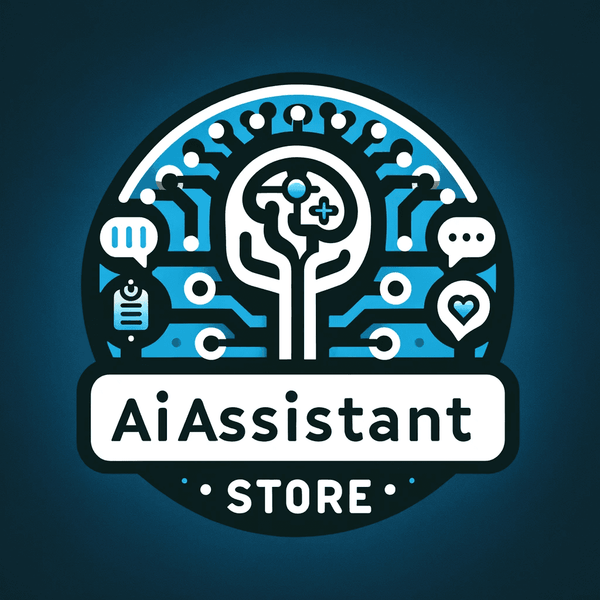This guide walks you through each critical step, from problem definition to deployment, backed by actionable tools, and expert techniques.
🧭 Step 1: Define the Problem and Set Clear Objectives
Before you write a single line of code, clarify what you're solving:
🔹 Problem Identification: Define the user pain point or opportunity.
🔹 Goal Setting: Set measurable outcomes (e.g., reduce response time by 40%).
🔹 Feasibility Check: Assess if AI is the right tool.
📊 Step 2: Data Collection and Preparation
AI is only as smart as the data you feed it:
🔹 Data Sources: APIs, web scraping, company databases.
🔹 Cleaning: Handle nulls, outliers, duplicates.
🔹 Annotation: Essential for supervised learning models.
🛠️ Step 3: Choose the Right Tools and Platforms
Tool choice can dramatically impact your workflow. Here’s a comparison of top options:
🧰 Comparison Table: Top Platforms for Building AI Tools
| Tool/Platform | Type | Best For | Features | Link |
|---|---|---|---|---|
| Create.xyz | No-code | Beginners, rapid prototyping | Drag-and-drop builder, custom workflows, GPT integration | 🔗 Visit |
| AutoGPT | Open-source | Automation & AI agent workflows | GPT-based task execution, memory support | 🔗 Visit |
| Replit | IDE + AI | Developers & collaborative teams | Browser-based IDE, AI chat assist, deployment-ready | 🔗 Visit |
| Hugging Face | Model Hub | Hosting and fine-tuning models | Model APIs, Spaces for demos, Transformers library support | 🔗 Visit |
| Google Colab | Cloud IDE | Research, testing, and ML training | Free GPU/TPU access, supports TensorFlow/PyTorch | 🔗 Visit |
🧠 Step 4: Model Selection and Training
🔹 Choose a Model:
-
Classification: Logistic regression, decision trees
-
NLP: Transformers (e.g., BERT, GPT)
-
Vision: CNNs, YOLO
🔹 Training:
-
Use libraries like TensorFlow, PyTorch
-
Evaluate using loss functions, accuracy metrics
🧪 Step 5: Evaluation and Optimization
🔹 Validation Set: Prevent overfitting
🔹 Hyperparameter Tuning: Grid search, Bayesian methods
🔹 Cross-validation: Boosts robustness of results
🚀 Step 6: Deployment and Monitoring
🔹 Integrate into apps via REST APIs or SDKs
🔹 Deploy using platforms like Hugging Face Spaces, AWS Sagemaker
🔹 Monitor for drift, feedback loops, and uptime
📚 Further Learning & Resources
-
Elements of AI – A beginner-friendly online course.
-
AI2Apps – An innovative IDE for building agent-style applications.
-
Fast.ai – Hands-on deep learning for coders.

